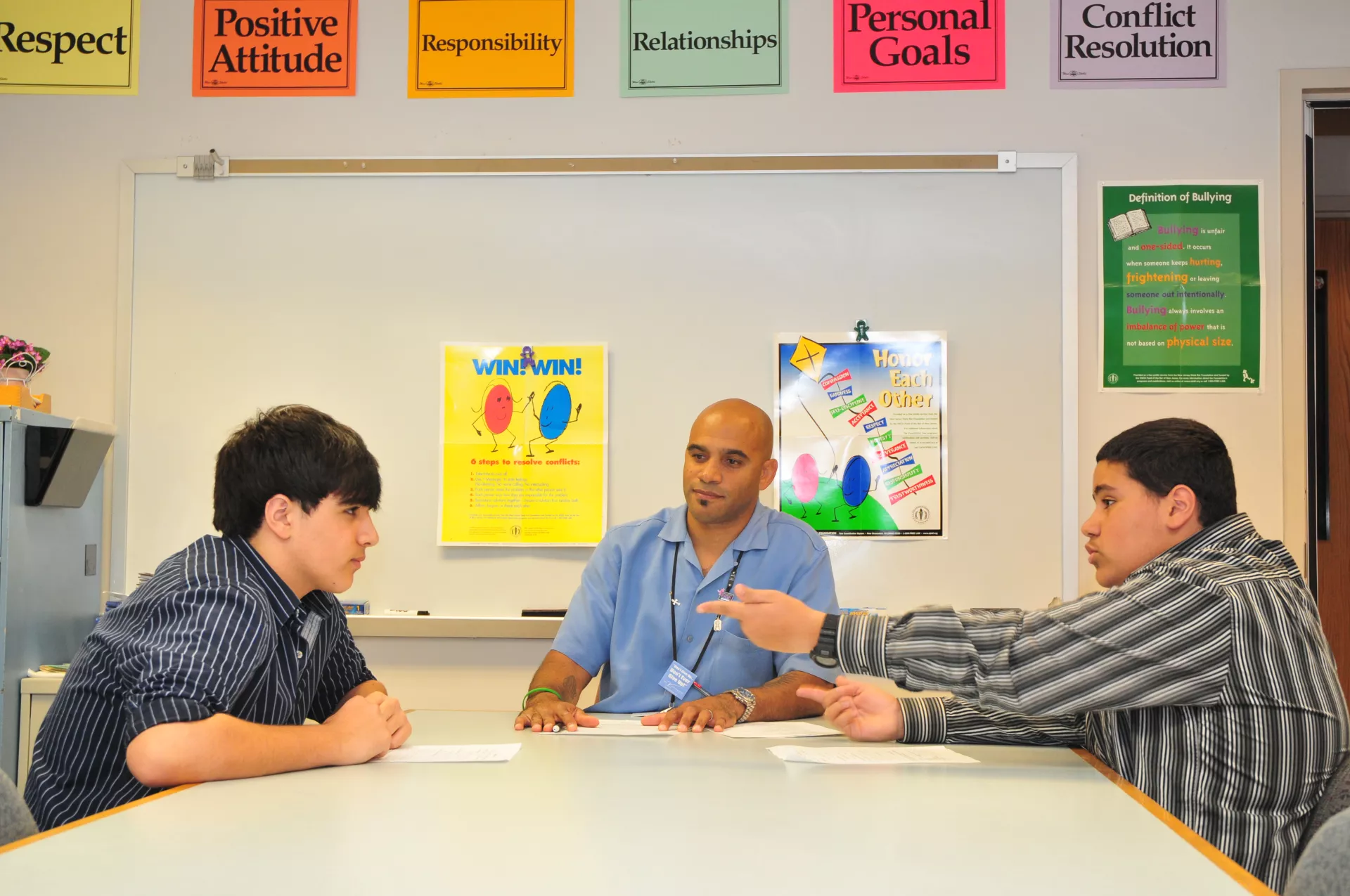Dealing with bullying has no one-size-fits-all solution; there are often nuances that should be addressed.
Stories and depictions of bullying are all around us – TV shows depict (and often misrepresent) it; the media covers it; and we constantly hear about stories and escalated situations from our friends and family. But bullying is not just the stereotypical situations we see on our screens, and is not so clear cut.

When dealing with bullying in the real world, there are often nuances that should be addressed. I take into consideration the following tips when addressing bullying at my school:
Model the Behavior You Expect
As a younger teacher, you may feel a need to establish and command authority – however there is a way to do this while modeling the behavior you expect from your students. By scolding, yelling, or demanding things, you’re exhibiting behaviors that your students should not use. Being self-aware and exuding a positive, respectful tone is essential in showing children how they should treat others.
Language Matters
When intervening in a situation or talking about bullying, the words you use are extremely important. Labels such as “bully” and “victim” can be harmful, and leave both parties feeling helpless. By labeling students, you send a message that their behaviors can’t be changed over time. Even the term “target” takes the focus away from the behavior and labels the child. Instead, StopBullying.gov suggests terms such as “the child who bullied,” and “the child who was bullied.”
Instead of telling a child that they are a bully, make them understand that their actions in that moment are harmful and inappropriate—and could eventually put them in serious situations that lead to extreme consequences.
Do More Than Scold
Instead of telling students what they can’t do, help them understand why they shouldn’t do something. Maintaining a constant dialogue, with all students, about the realities of bullying will create a more understanding and inclusive environment.
It’s also counterproductive to focus only on the child who bullied, since other students—bystanders—also have a role to play. All students should know that bystanders play a key role in preventing and stopping bullying in all forms. It’s the right thing to do as friends, as peers, and as people.
I think it’s worth taking time out of a lesson on trigonometry or a lesson on the Civil War to talk a little bit about civility.
Keep Behavior Logs
It can be difficult to address every behavioral issue, especially for students who may have recurring offenses. I keep behavior logs for these students to keep track of their conduct and ensure mild bullying situations aren’t forgotten about. If patterns persist and intervention is needed, the log will provide concrete examples and context.
These logs can be used not only for bad behavior, but to track good behavior as well. This will help students realize that you don’t simply care about them not behaving badly, but them making positive impacts as well.
Recognize When Outside Resources Are Needed
For more serious situations, it is important to recognize that we as educators do not always have the solutions. While we may go through trainings and seminars related to bullying prevention and intervention, we do not always have the skills needed to help a student in danger. There are times when a different type of professional is needed.
Whether it’s a school counselor, therapist, a seasoned teacher, a parent, etc., it’s important to refer children to the correct resources. You may think you can help every child, but not all educators are trained or prepared to help a child overcome trauma.
As educators, I believe it’s our responsibility to teach our students about more than just what’s in the textbook. They’re developing their set of values and skills that will lead them into the rest of their lives. It’s our responsibility to address situations such as bullying and change the way our students see the world.



